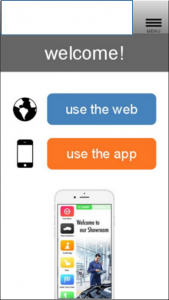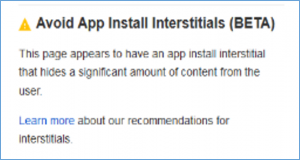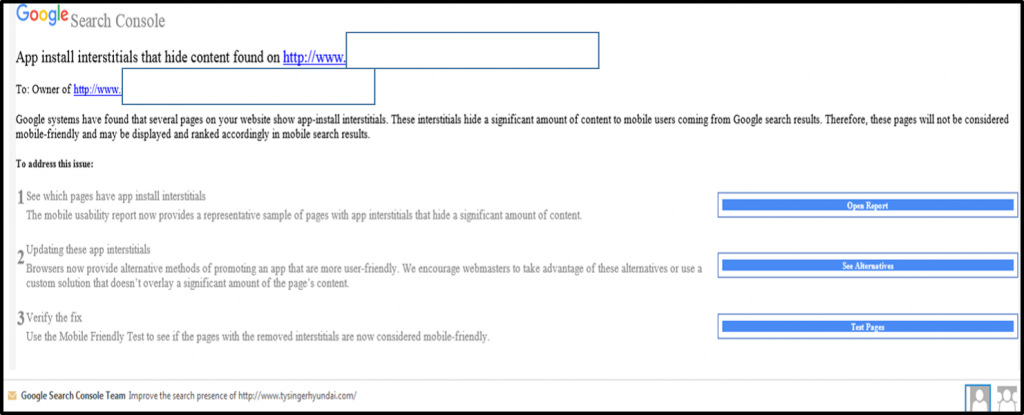Ali Amirrezvani, DealerOn’s CEO, said, “Jeff has been a huge asset to DealerOn over his seven-year tenure with us. Given how he has grown our sales during his time focusing on business development, having him at the head of all of our sales efforts is very exciting for us. Combining his talents and automotive knowledge with DealerOn’s industry-leading Responsive Design website platform will only mean even more explosive growth for our organization.”

DealerOn websites consistently generate such high conversion rates that they are able to guarantee an increase in website leads for new customers of at least 50% within the first 90 days of site launch. Through their Digital Marketing Dashboard, all existing site metrics are documented and compared to results achieved on the DealerOn platform. DealerOn website customers see an average increase in lead volume of 250%, with a minimum of a 35% increase, across nearly 1,500 websites.
In addition to its award-winning dealership websites, DealerOn’s new offerings in automotive SEM and SEO are quickly becoming industry standards. As a Google AdWords Certified Partner, dealers that combine their Paid Search with the power of a DealerOn website see complete integration and optimization of AdWords efforts. Dealerships that opt for the Elite SEO package reap the benefits of a Google-optimized website architecture as well as custom content, on- and off-site SEO, social media and reputation management.
Said Clark, “This is such an exciting time for DealerOn, and I couldn’t be more proud to have the opportunity to help more dealers benefit from our technology and services. I’ve been running various sales channels at DealerOn for seven years, but now as Chief Sales Officer, I’ll be able to lead all of DealerOn’s sales efforts, helping dealerships dominate their local market with our powerful responsive website technology and first-class digital marketing products.”
Jeff is a decorated veteran, a renowned and respected speaker on Fixed Ops Digital Marketing, and a regular speaker at NADA, Digital Dealer, JD Power, and countless OEM and industry events. Jeff’s sales leadership was instrumental in helping DealerOn be recognized on the Inc. 500/5000 list. He is a member of Manchester’s “Who’s Who of Executives and Industry Leaders,” but he stays grounded through his family, love of baseball, golf and of course… cars. He lives in Northern Virginia with his wife Lydia and their two boys.




